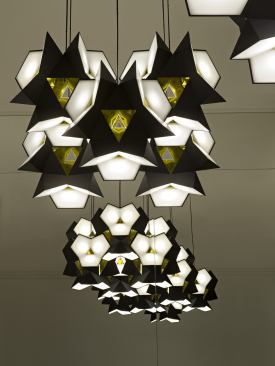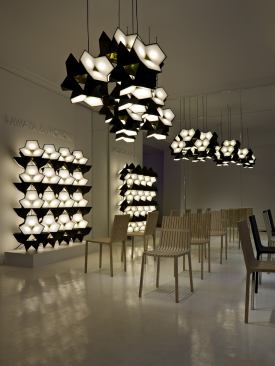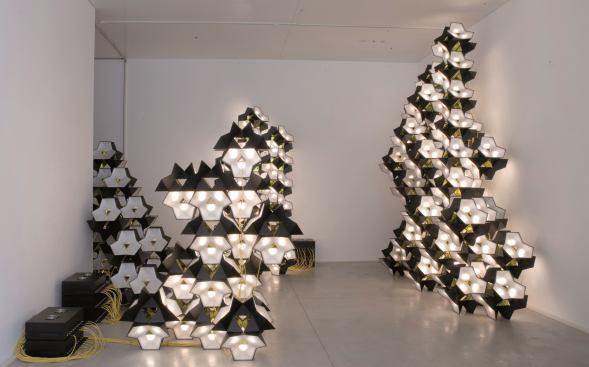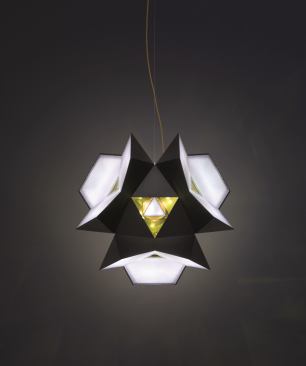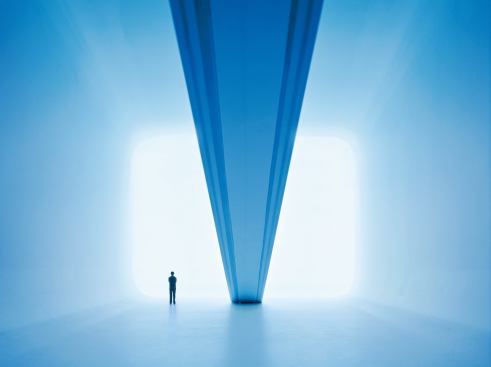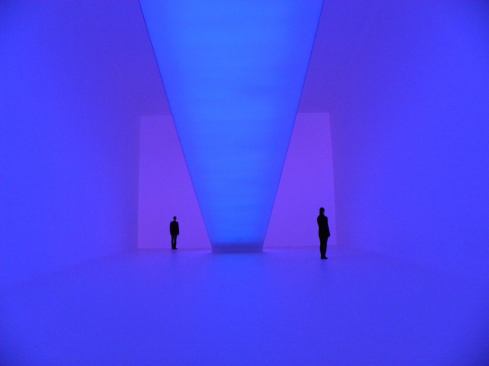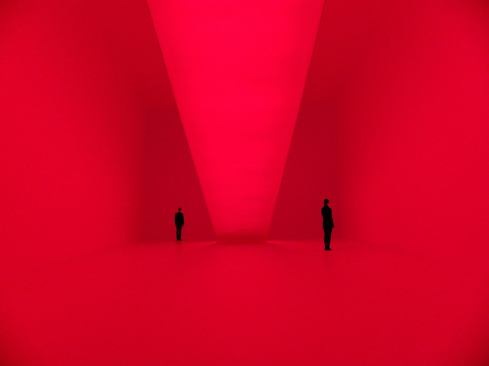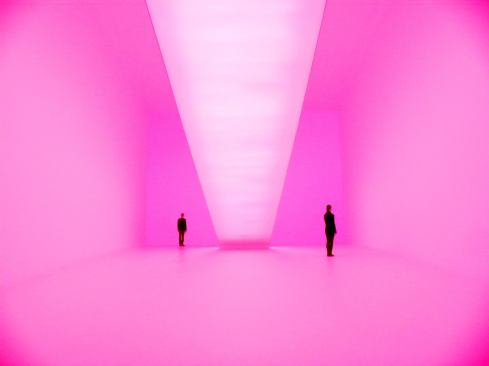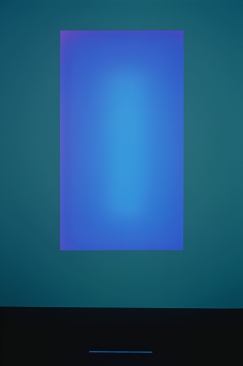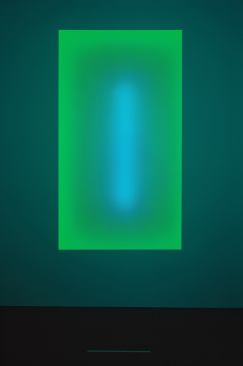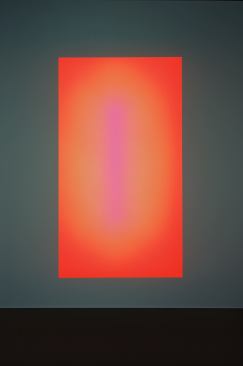Jens Zehe
Starbrick © Olafur Eliasson and Zumtobel
Light can assume many different personalities. Its mercurial properties enable it to be simultaneously utilitarian and abstract. And, on occasion, when artistic explorations lead to practical applications, we are reminded of design’s capacity to solve problems and re-imagine basic principles.
Collaborations between artists and manufacturers have been some of the most fruitful enterprises in creating a setting for artistic creativity and technological experimentation. Recently, Zumtobel has provided artists Olafur Eliasson and James Turrell the freedom to explore the potential of their ideas using new solid-state lighting technologies. The result is work that takes the explorations of surface, color, and form to new levels—one artist uses an object and the other uses space itself.
STARBRICK Starbrick is the most recently completed collaboration between Berlin-based artist Olafur Eliasson and lighting manufacturer Zumtobel (they also are at work on a façade in Reykjavik). Eliasson’s work is rooted in the phenomenological exploration of space and nature, and Starbrick is the result of his investigations into “the spatial challenges involved in the shaping of a complex geometric brick.” The form of each Starbrick module starts with “a cube on whose six surfaces additional cubes have been placed at a 45-degree angle.” These additional cubes function as connectors, allowing the Starbrick module to be assembled into configurations of any size and shape.
First introduced as a prototype at Euroluce in 2009, the octahedron-shaped module is fabricated from injection-molded polycarbonate components with a matte black finish and a semitransparent yellow core of reflective surfaces backlit by LEDs. Measuring approximately 21 inches wide by 22 inches long by 18 inches deep, each module’s light from its outward-facing LED boards is evenly distributed via the polycarbonate refractors. The LEDs are arranged to emit white light and to create a luminous yellow kaleidoscopic effect in the center of the module. Because the LED technology is dimmable, Starbrick provides both directional and ambient light while expressing different qualities and hues of light produced by the LEDs. When multiple Starbricks are stacked, the number of opaque surfaces is limited so that the prominent feature between the bricks is the actual light.
“I have attempted to develop a module that, while functioning as an object in itself, can also be assembled to form multiple basic architectural elements such as walls, whether freestanding or integrated into an overall structure, suspended ceilings, columns of all shapes, sizes, and volumes,” Eliasson explains. And yet, Starbrick is much more than a singular object; it is a repeatable unit that merges light and volume. The sculpture/fixture/module allows Eliasson to ask larger questions, such as “How does light define space?” and “What politics of light infuse our immediate surroundings?”
THE WOLFSBURG PROJECT How light defines space and informs our surroundings are issues that have been at the core of artist James Turrell’s work for the past 30 years. Known for his large-scale installations that challenge how we perceive light, color, and space, his most recent work is the Wolfsburg Project, also a collaboration with lighting manufacturer Zumtobel. On display at the Wolfsburg Art Museum in Wolfsburg, Germany, through Oct. 3, the exhibit showcases the largest ganzfeld piece Turrell has ever installed in a museum.
And Turrell is known for employing the ganzfeld effect—a phenomenon of visual perception caused by staring at an undifferentiated and uniform field of color that when viewed for even the shortest amount of time causes the eye to loose its ability to differentiate depth perception and color—in a number of his installations. The piece in Wolfsburg measures nearly 40 feet tall in an area of approximately 7,530 square feet. It’s set up in two connecting rooms, named “Viewing Space” and “Sensing Space,” both of which are bare except for the flood of slowly changing colored light. Museumgoers are submersed in this aura of pure light for a complete sensory experience, a situation that requires a sensation that Turrell describes as “feeling with one’s eyes.”
While similar in quality and effects of light that his other work is known for, what sets this Turrell installation apart from his other works is its very large scale. Once again, technology steps in to play a role in the form of source, luminaire, and controls. Linear fixtures and spotlights equipped with 30,000 LEDs and controlled using DMX protocol were used to create millions of different colors and more than 65,000 different levels of brightness.
Accompanying the ganzfeld installation is the exhibition’s second Turrell piece, “Tall Glass,” a frosted white glass panel backlit with 15,000 LEDs that cycle through millions of colors in a program that runs for 200 minutes. Different colors of LEDs—red, green, blue, yellow, white, and bright white—are used for the individual light points and they create a dynamic yet fluid change of color. Custom-selected LEDs (with particular focus on the binning process) were chosen to withstand the required color intensity and saturation for the color sequences along with a five-channel control system also specially developed for this artwork.
From the experiential to the art of the everyday, Turrell and Eliasson not only push the boundaries of light’s artistic potential but the technology to make it happen. In doing so, they defy conventional expectation and enable us to experience light in a whole new dimension.
